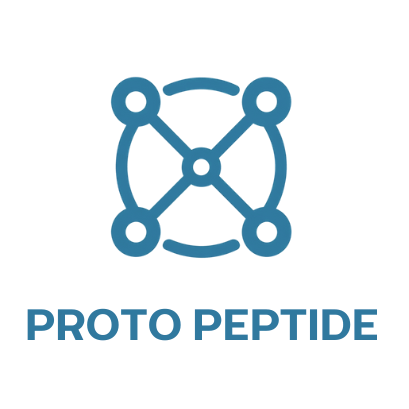Peptides and Satiety: The Hormonal Side of Appetite Control
Understanding how the body regulates hunger and fullness is key to advancing metabolic research. At the heart of this process are signaling molecules like peptides, which influence the hormonal pathways that control appetite. In recent studies, research peptides have shown the ability to modulate hormones such as GLP-1 (glucagon-like peptide-1), leptin, ghrelin, and PYY (peptide YY), making them vital tools in the study of satiety and weight management.
The Science of Satiety
Satiety, or the feeling of fullness after eating, is governed by a complex interplay between the gut, brain, and endocrine system. Peptides like GLP-1 are secreted by the gut in response to food intake and act on the brain’s appetite-regulating centers to promote satiety. Similarly, PYY and CCK (cholecystokinin) reduce hunger signals, helping the body self-regulate calorie intake. Ghrelin, often called the "hunger hormone," does the opposite—its levels rise before meals and decrease afterward.
Peptides in Research: GLP-1, Retatrutide, and Terzapeptide
Research compounds such as GLP-1 receptor agonists have been studied for their appetite-suppressing effects. Terzapeptide and Retatrutide, two multi-receptor agonists, are gaining attention in laboratory models for their ability to act on GLP-1, GIP, and glucagon pathways simultaneously. In animal studies, these peptides have demonstrated promising results in decreasing food intake and improving body composition through enhanced satiety and energy balance.
Beyond Appetite: Broader Metabolic Impact
In addition to regulating hunger, these peptides influence insulin sensitivity, gastric emptying, and lipid metabolism. The hormonal modulation they provide has implications not only for weight research but also for studies in Type 2 diabetes and metabolic syndrome. Understanding how peptides affect these biological processes can help researchers develop targeted strategies for improving health outcomes.
Conclusion
The hormonal control of hunger and satiety remains a rich area of investigation, and peptides are proving to be powerful tools in that exploration. Whether acting directly on the central nervous system or through peripheral pathways, peptides like GLP-1 analogs, Terzapeptide, and Retatrutide offer researchers insight into the body’s intrinsic regulatory systems.
Disclaimer
This content is for informational and research-related purposes only. The peptides mentioned in this article are intended strictly for use in controlled laboratory settings by qualified professionals. It is not approved for human or veterinary use. Always follow your institution’s guidelines and consult safety data sheets (SDS) before handling any research chemical.
